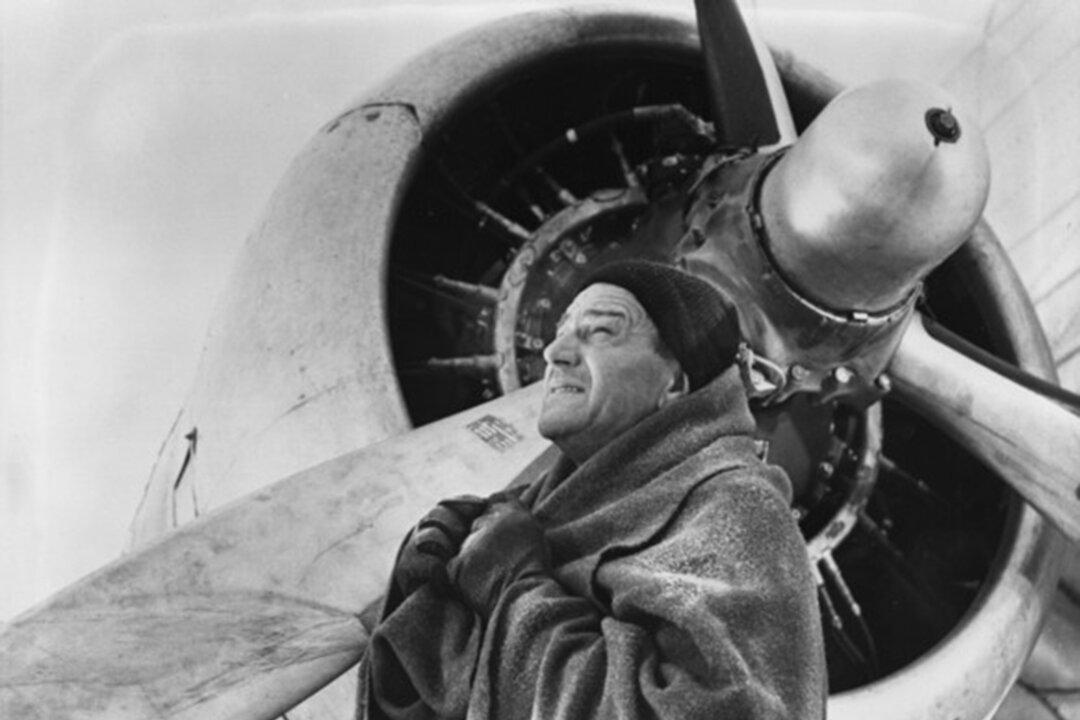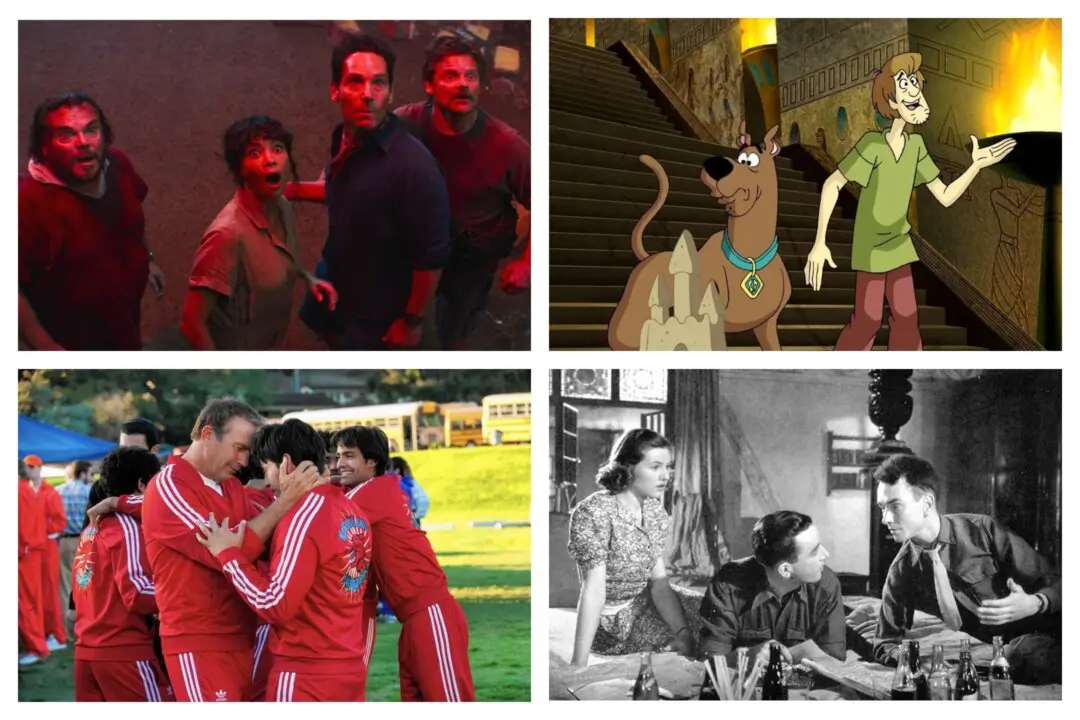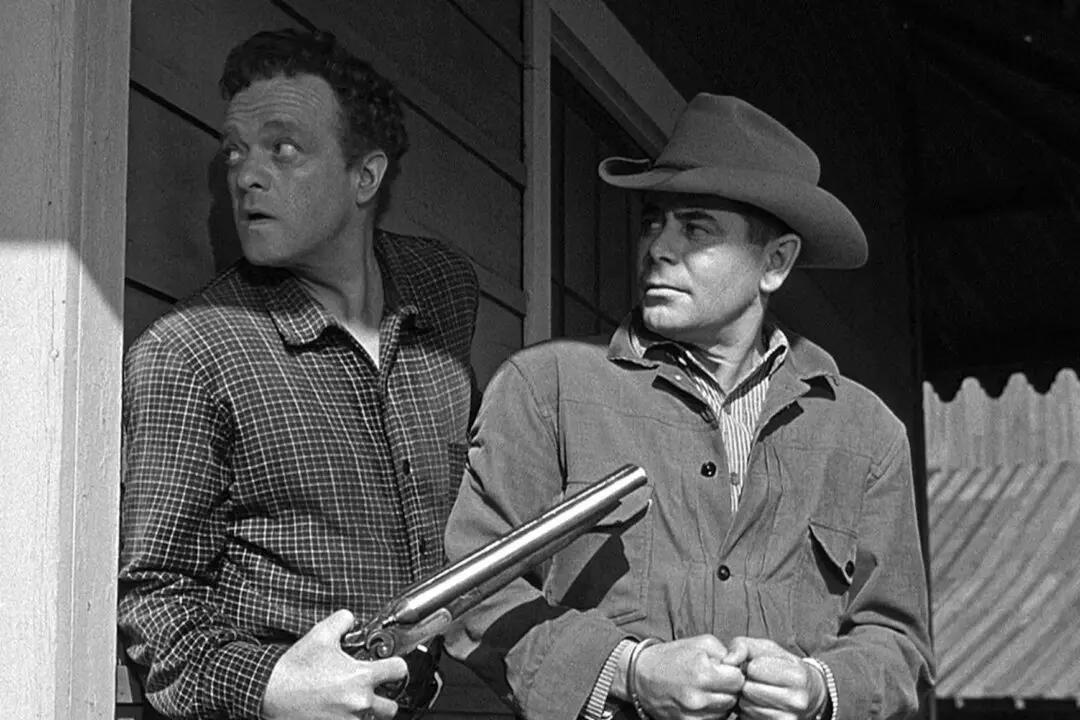NR | 1h 49m | Adventure, Drama | 1953
When it comes to disaster films, the more realistic build-up of tension has mostly been replaced by the modern-day variety with splashy but fake-looking computer-generated effects, so extreme that they practically melt your eyes out of their sockets. I may be exaggerating, but you get the point.






